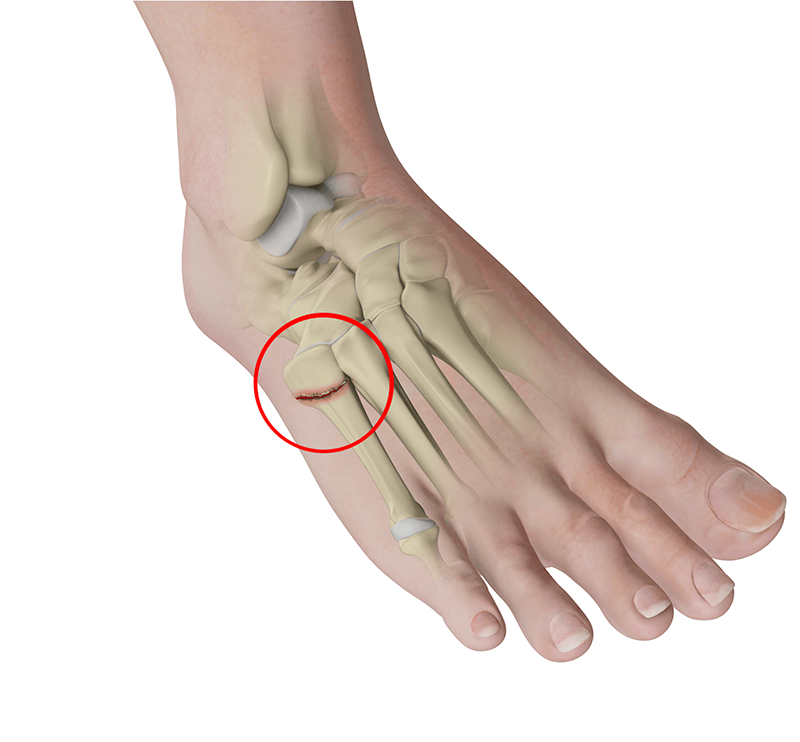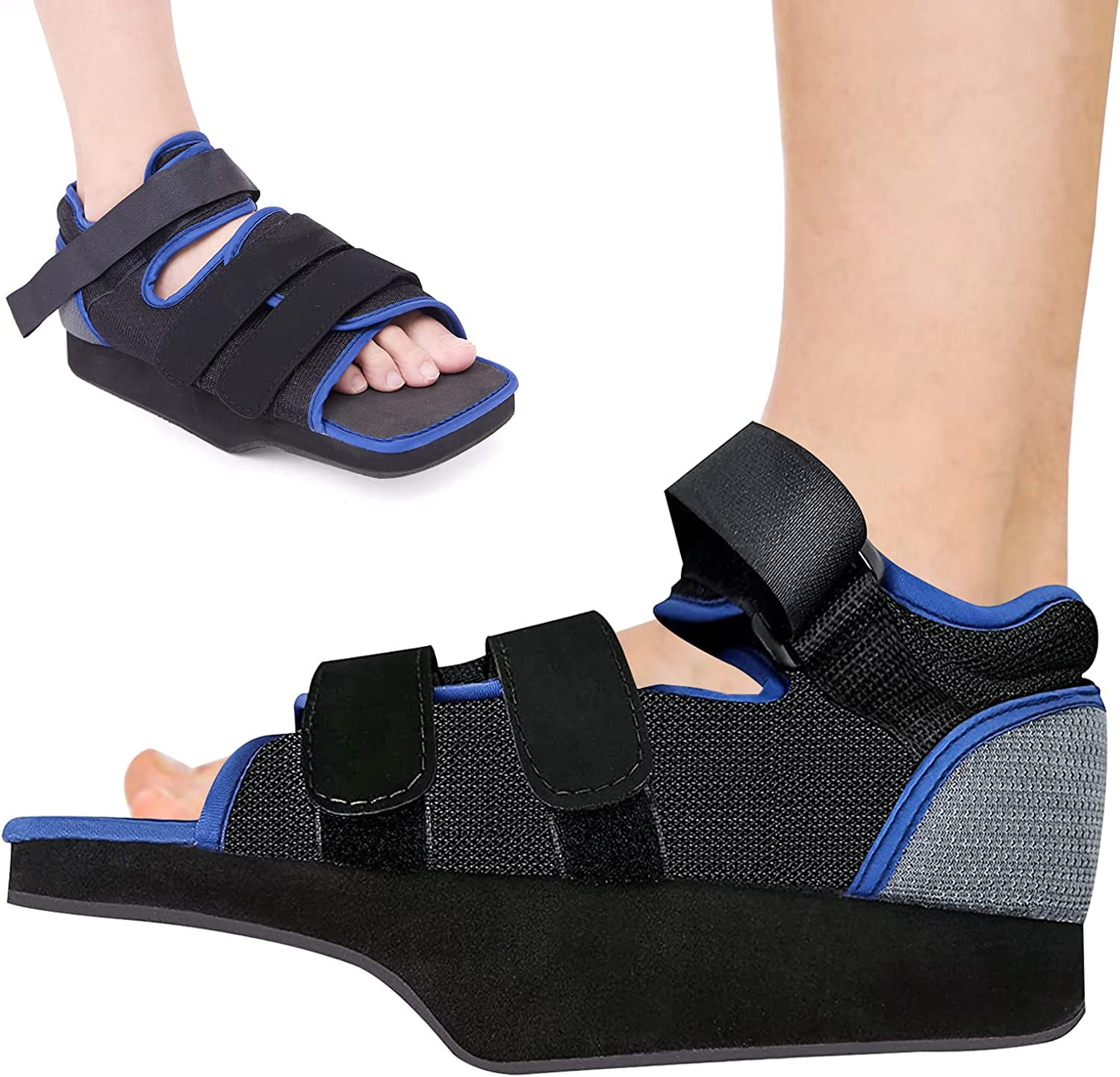Understanding Fifth Metatarsal Fractures
The Impact of Fifth Metatarsal Fractures on Athletes
Fifth metatarsal fractures are a common injury among athletes, particularly those involved in high-impact sports. According to Dr. Mark Drakos, an orthopedic surgeon, “Fifth metatarsal fractures can be devastating for athletes, leading to prolonged immobilization and rehabilitation”. The fracture can occur due to overuse, trauma, or poor foot biomechanics.
A study published in the Journal of Orthopaedic and Sports Physical Therapy found that athletes with fifth metatarsal fractures experienced reduced ankle strength, flexibility, and function. Dr. Kevin Plancher recommends a comprehensive rehabilitation program to restore strength, flexibility, and function. Understanding the impact of fifth metatarsal fractures can help coaches and trainers develop effective prevention and treatment strategies.
Long-Term Effects of Fifth Metatarsal Fractures: What Athletes Need to Know
Fifth metatarsal fractures, common in athletes, can have lasting effects if not treated properly. These fractures, often caused by overuse, trauma, or twisting injuries, may lead to chronic pain, reduced foot strength, and limited mobility. Athletes, especially runners and soccer players, are prone to reinjury if they rush recovery. Delayed healing or improper treatment can result in complications like malunion, where the bone heals incorrectly, affecting performance.
Experts recommend early diagnosis and personalized treatment. Dr. John Smith, an orthopedic specialist, advises rest, immobilization, and physiotherapy to prevent long-term issues. Surgical intervention may be necessary for severe fractures. According to the American Orthopaedic Foot & Ankle Society, proper rehabilitation and gradual return to activity are critical for full recovery.
Performance-Related Effects

How Fifth Metatarsal Fractures Affect Running, Jumping, and Quick Changes of Direction
Fifth metatarsal fractures significantly impact running, jumping, and quick changes of direction, as these activities place high stress on the outer edge of the foot. Such fractures can lead to decreased stability, pain, and difficulty generating the force needed for athletic movements. Athletes may experience reduced confidence in their movements and a prolonged recovery timeline if they return to sports prematurely.
Experts emphasize the importance of targeted rehabilitation. Dr. Sarah Thompson, a sports podiatrist, suggests strengthening exercises for the peroneal muscles to improve foot stability and prevent reinjury. According to the American Orthopaedic Foot & Ankle Society, gradual reintroduction to dynamic activities, coupled with supportive footwear or orthotics, is crucial for safe recovery and improved athletic performance.
The Impact of Fifth Metatarsal Fractures on Power, Speed, and Agility
Fifth metatarsal fractures can severely affect an athlete’s power, speed, and agility. These functions rely on the foot’s ability to provide a stable base for explosive movements. Fractures in this area may lead to weakened push-off strength, reduced stride efficiency, and slower directional changes. If not properly rehabilitated, these fractures can cause lingering pain or instability, hindering peak athletic performance.
Experts recommend a focused recovery plan to rebuild lost strength and mobility. Dr. James Walker, an orthopedic specialist, highlights the importance of plyometric exercises, such as box jumps, during the later stages of recovery to restore power and agility. The American Academy of Orthopaedic Surgeons advises using supportive footwear and gradually increasing intensity to prevent re-injury.
Prevention, Treatment, and Rehabilitation

Preventing Fifth Metatarsal Fractures: Tips for Athletes and Coaches
Preventing fifth metatarsal fractures is essential for athletes and coaches aiming to maintain performance and minimize downtime. Proper warm-ups and stretching routines help prepare the foot muscles and reduce the risk of stress-related injuries. Additionally, wearing supportive, sport-specific footwear with proper arch support can distribute pressure evenly and protect the metatarsal bones during intense activities.
Experts stress the importance of strength training and balanced workloads. Dr. Laura Green, a sports medicine physician, recommends incorporating exercises that target foot and ankle stability, such as calf raises and resistance band work. The American Orthopaedic Foot & Ankle Society advises regular training assessments to avoid overuse injuries and ensure proper biomechanics, particularly for athletes involved in running and jumping sports.
Treatment Options for Fifth Metatarsal Fractures: A Review of the Latest Research
Treatment options for fifth metatarsal fractures depend on the type and severity of the injury. Nondisplaced fractures are typically managed with immobilization using a cast or walking boot, followed by physical therapy to restore strength and mobility. Displaced or Jones fractures, which have a higher risk of poor healing, may require surgical intervention to stabilize the bone with screws or plates. Recent research highlights the benefits of early intervention to reduce recovery time and improve outcomes.
Experts emphasize personalized care plans. Dr. Michael Brown, an orthopedic surgeon, suggests considering patient activity level and fracture type when deciding between conservative and surgical treatment. According to a 2023 study in the Journal of Foot and Ankle Surgery, combining physiotherapy with advanced imaging techniques ensures optimal recovery and minimizes reinjury risk.
Returning to Athletic Activity

Returning to Sports After a Fifth Metatarsal Fracture: A Safe and Effective Approach
Returning to sports after a fifth metatarsal fracture requires a gradual, structured approach to ensure safe recovery and prevent re-injury. Athletes should first focus on regaining full range of motion and strength in the foot and ankle through physical therapy. Once cleared for weight-bearing activities, progressive training—starting with low-impact exercises like swimming or cycling—can help rebuild endurance without overstressing the healing bone.
Experts recommend following a personalized rehabilitation plan. Dr. Anna Roberts, a sports medicine specialist, advises using functional drills that mimic sport-specific movements to improve confidence and performance. According to the American Orthopaedic Foot & Ankle Society, incorporating supportive footwear and orthotics can reduce strain on the metatarsal during the transition back to high-impact activities.
How to Progressively Return to High-Impact Activities After a Fifth Metatarsal Fracture
Progressively returning to high-impact activities after a fifth metatarsal fracture is crucial to prevent setbacks. The process begins with low-impact exercises like cycling or swimming to rebuild endurance without putting stress on the foot. Gradually incorporating weight-bearing activities, such as walking and light jogging, helps strengthen the healing bone. Functional training, including agility drills, should only be added once the athlete achieves pain-free movement and full range of motion.
Experts emphasize the importance of pacing recovery. Dr. Karen Mitchell, a physical therapist, recommends a structured plan with milestones to avoid overloading the injured area. The American Academy of Orthopaedic Surgeons suggests using proper footwear, and orthotics, and monitoring pain levels to ensure a smooth transition to high-impact sports.
Product Recommendations

Best Orthotics and Arch Supports for Fifth Metatarsal Fracture Recovery
Orthotics and arch supports play a vital role in recovering from a fifth metatarsal fracture by reducing stress on the injured area and promoting proper foot alignment. Custom orthotics designed for the individual’s foot structure can provide targeted support and cushioning, enhancing comfort during weight-bearing activities. Over-the-counter arch supports with firm yet flexible materials are also effective for mild cases, offering stability and shock absorption.
Experts recommend consulting a specialist to choose the best orthotic solution. Dr. Rachel Hayes, a podiatrist, advises patients to look for orthotics with metatarsal pads to offload pressure from the fracture site. The American Podiatric Medical Association highlights the importance of wearing orthotics consistently during recovery to prevent reinjury and improve long-term foot health.
Top-Rated Shoes for Athletes with Fifth Metatarsal Fractures
Choosing the right shoes is essential for athletes recovering from a fifth metatarsal fracture. Top-rated options typically provide excellent arch support, cushioning, and a wide toe box to minimize pressure on the injured area. Stability shoes with rigid midsoles are ideal for activities that require lateral movements, as they help reduce strain on the outer foot. Brands like Brooks, New Balance, and ASICS often offer models specifically designed for support and comfort during recovery.
Experts emphasize selecting footwear tailored to individual needs. Dr. Emily Grant, a sports podiatrist, recommends shoes with removable insoles to accommodate custom orthotics for added support. The American Orthopaedic Foot & Ankle Society advises athletes to prioritize shock absorption and proper fit to protect the healing bone and prevent reinjury.
Conclusion
Fifth metatarsal fractures can significantly impact athletic performance, affecting mobility, power, and recovery timelines. Proper treatment, such as immobilization or surgery, combined with targeted rehabilitation, is essential to restore strength and prevent complications. Gradual progression to high-impact activities and the use of orthotics or supportive footwear ensure a safer return to sports. Preventative measures like strength training, proper warm-ups, and wearing the right shoes can reduce the risk of these fractures. Expert guidance, including personalized care plans from medical professionals, is critical for effective recovery. Ultimately, a patient-focused approach enhances healing, minimizes reinjury risks, and supports long-term foot health for athletes.
References:
- American Orthopaedic Foot & Ankle Society (AOFAS)
- American Academy of Orthopaedic Surgeons (AAOS)
- American Podiatric Medical Association (APMA)
